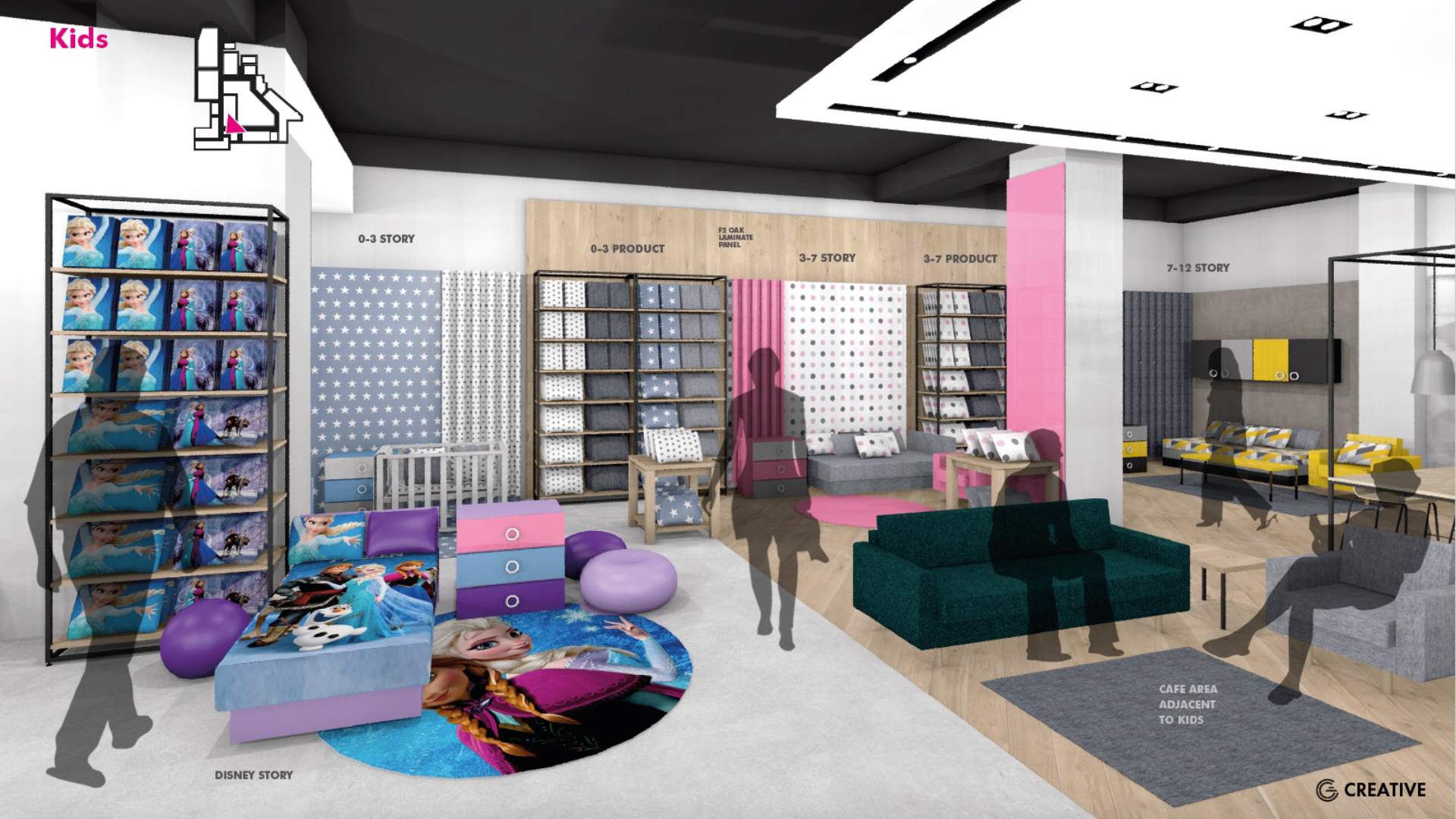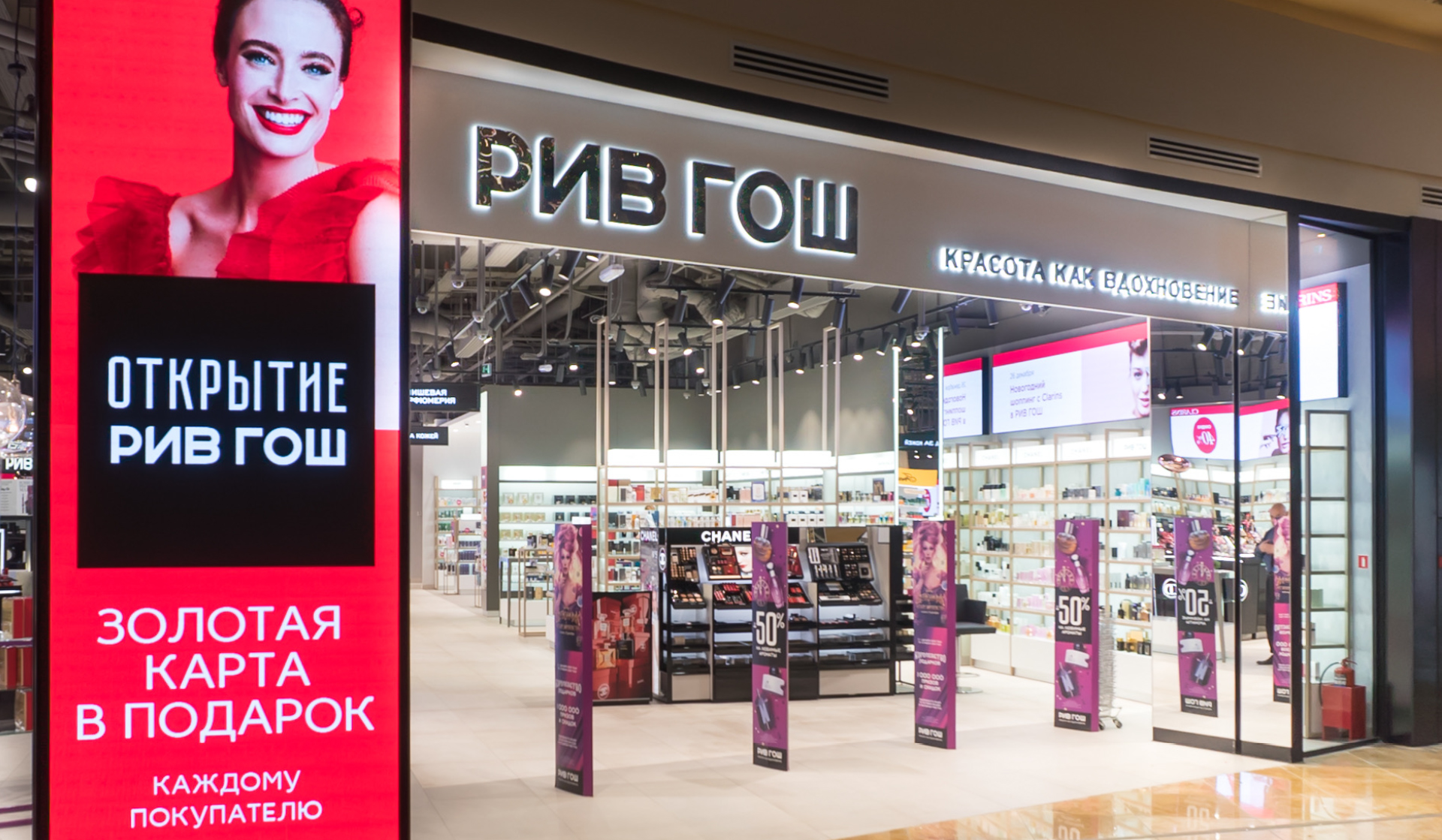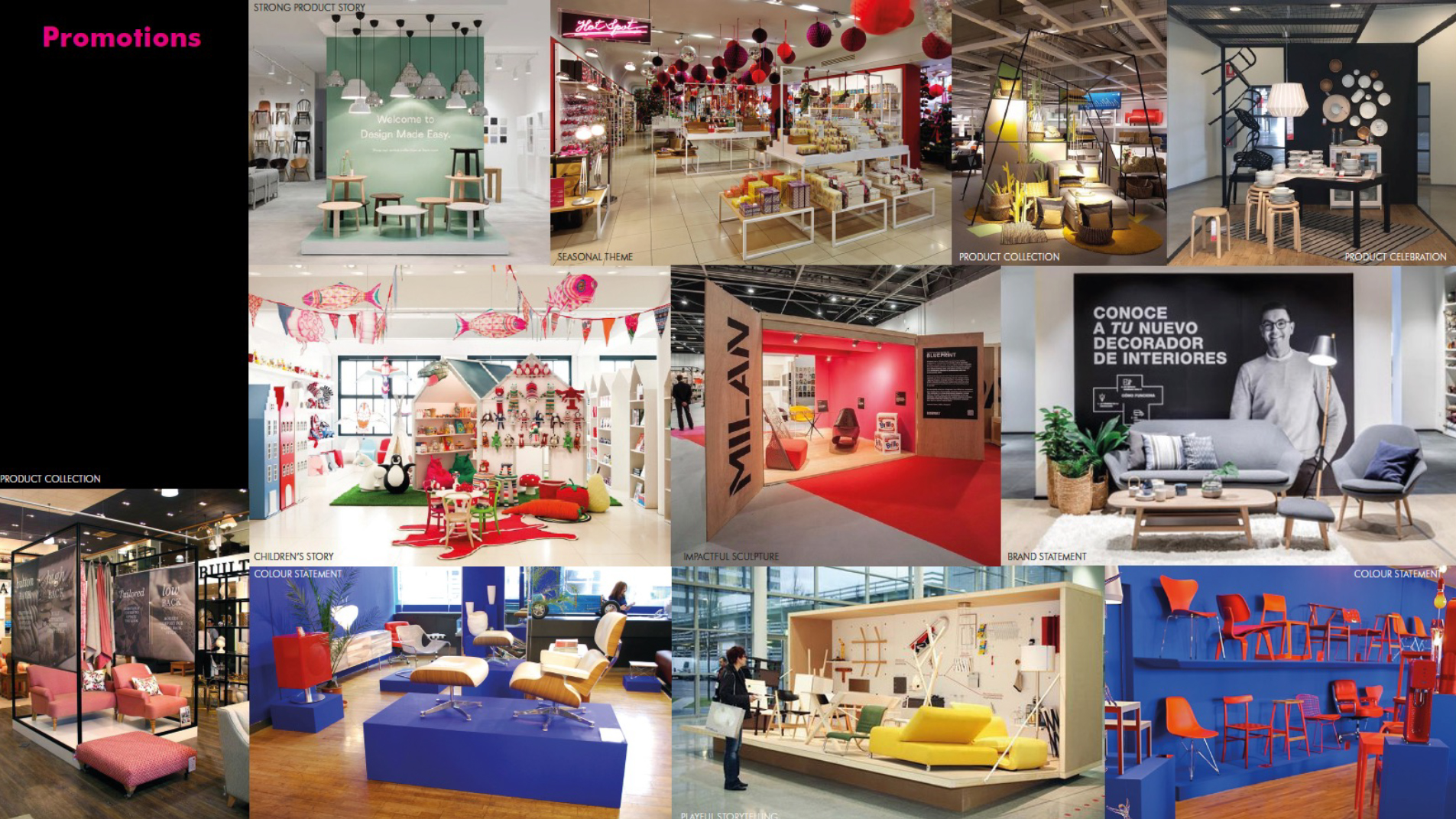Retail Interiors offer a blank canvas for creativity
-ROSS-HAXTON-GLIMMER-(1).jpg?width=750)
Ross Haxton from Glimmer, joined FESPA Global Summit 2021 and discussed how Glimmer a full-service brand consultancy specializing in all stages of a brand's lifecycle from creative to implementation are using digital printing technology.
Ross presented two recent case studies that highlight how they develop brand concepts for retail. If you missed the summit here’s a summary of Ross’s presentation:
“I'll start by mentioning some top line trends regarding the evolving relationship between brands and their customers. So, over the last year, we've seen huge changes to our lifestyles. But a big part of that is the unparalleled growth of online sales. Omni channel retailers and businesses have been shifting to serve online demand in a way that they have never done before. And they've been servicing new audiences. Older customers, and people in rural communities, for example, has really put increased demands on things like their logistics and supply requirements in terms of delivery and clicking collect, and there's been a significant increase in app downloads and use”.
-ROSS-HAXTON-GLIMMER.jpg?lang=en-GB) Caption: Image credit: Glimmer
Caption: Image credit: Glimmer
“So, for retailers and the dialogue that they have with customers, there's been huge transformation in terms of customers driving change in retail. Awareness of things like sustainability and the climate crisis, are pushing brands to really change the way in which they're working, but also communicate to their customers with things like the brand purpose statement. Also, the use in marketing of social influences, or influencers, in terms of appealing to very specific customer groups is something that's on the rise. And the act of shopping is being completely redefined. How, when and why we shop. Having a constant brand connection is really changing the way in which brands and retail is developing”.
 Caption: Image credit: Glimmer
Caption: Image credit: Glimmer
“One of the projects that I'm going to talk to you about is Reed gauche is a Russian retail chain. They specialize in perfumery and cosmetics. And the project that we worked on with them was really to analyze their brand positioning strategy, develop that into brand identity guidelines, and develop a full retail store concept for them. So as part of that concept, like most of the brands that we work with, we do this strategic exercise at the beginning, where we're analyzing the current market, the consumer trends that are changing for that particular client. And from that we'll be looking at things like the price positioning, the assortment positioning, and then analyzing key statements that the brand can take forward in their communications going forward”.

Caption: Image credit: Glimmer
“In addition to that, we'll come up with things like strap lines for the brand hooks that will be memorable for customers that will not only work in the online presence and then their communications and marketing, but also within the store environment as well. As part of the bridge between that strategic exercise and the creative work that we do, we often work with creative coordinates, some key two or three brand statements, and build a whole story around those to then develop the experience and appearance of the brand and use that as a brief for our designers moving forward.”
“In this project, we worked with the brand identity in terms of developing a new logo, typeface style, and, and identity symbol, and combine that with the with the descriptor in their local language. But we also then developed a colour palette, which would be used in all of the print applications and online presence, but also within the physical environment as well”.
“So then, with most projects that we do, we do a lot of benchmarking. For the exterior store environment, for example, we would look at the facade and treatments for signage, and presentation of product in the windows, but also things like digital applications, and creating big statement pieces of which will attract customers as they're going past the store.
From that, we generally move into the planning of the zones of the store, and really looking at the customer journey, and how best to transition customers from one key product group to the next. And that then leads into store planning, of furniture and key elements such as signage, and digital displays throughout the environment to make a cohesive experience for the customer”.
“Lighting is a really key part of the design, through creating really strong visual statements in the ceiling. We also wanted to focus very specifically on product displays, with very specific focused lighting. So that's a whole area which is quite complex, but really important to the overall look and feel of the store. In addition to that, we work with merchandisers to look at the product density on the shelving and the different product displays. And we design the specialty zones such as the hair zone, which had a distinct look and feel, and material selections for that environment are critical”.
“Most of the materials we use have to be incredibly durable. But as Debbie was talking about earlier, in terms of having different material finishes, which can either be printed on to, or having replaceable finishes, and having increasingly no materials that will have a high degree of hygiene, these are all considerations that we're looking at within the store environment. Also, things like furniture selection are really important in terms of ergonomics, and just the look and feel within the environment. And then generally what we do is we visualize the full store for the client to be able to sign off the whole concept with everything working in a cohesive way throughout the environment. The visualizations we create are accurate simulations of the final finished product when completed”.
“The second project that I'm going to highlight which was an omni channel, retail brand, which specialized in home furnishings. So, in terms of our deliverables for that project are very similar to the previous project.
We did the strategic exercise at the beginning. And in this project, we were trying to create a really strong connection between the online presence and the physical store environment. A big part of that was the design studio, which really appealed to professional designers who would be selecting products from this store, both online and having a support platform where they could have an engaged conversation with the Ascona team to discuss the products that they were selling”.
“Rather like the other project, we then moved into store planning. And then quite quickly got into coming up with mood boards and image boards to represent the key aspects of the environment. So, from architectural inspiration through two areas, like the specific threshold area for our products, on promotion and display would be highlighted. Then we'd be into looking at graphic display and also digital display within the environment and communication components that would help the customer not only get more information about the product, but they could take some of those elements away, and remind themselves when they go home to, to consider what they finally want to choose an order online”.
“Within the store, we also look at the signage, hierarchy and communications. And again, the furniture is very important for the display of the product. We would do general overviews of the of the interiors, showing all the elements working together. So, from the shop front facade, we also work a lot still with the sketch principles, just showing quick ideas to the client, a really good way of communicating very quickly. But from that, we then work into visualizations that show all of the elements working together from lighting finishes, and the products displayed themselves.
What we then wanted to do is show how the online brand would then evolve into the future. We mapped that in stages as to how that would develop for the, for the brand, as customers started to interact with it”.
“In conclusion, retail brands clearly are having to have a complete mindset change at the moment in terms of responding to a digital first strategy. And also, that reflects very strongly within the design of the retail environment in the physical sense, and how innovation and creativity are still at the heart of that that of course will develop as things move forward. But as I see it, there's still a very strong role for the physical and customer experience. But of course, that has to connect very strongly with the online retail brand as well.”
Interested in joining our community?
Enquire today about joining your local FESPA Association or FESPA Direct
Recent news

Streamlining personalisation with tech: Insights from the SmartHub Conference 2025 speakers
Personalisation Experience 2025 (6 – 9 May 2025, Messe Berlin, Germany) is running its inaugural SmartHub Conference from 6 – 8 May 2025.

Special Effects in DTF: How Neon Inks Are Making Apparel Pop
Neon fluorescent inks are the latest innovation in DTF printing, offering vibrant, eye-catching effects under both daylight and UV light, giving apparel decorators a competitive edge. Testing shows good wash durability, though market perception of added value is still developing. With increasing adoption and ongoing technological advancements, neon represents a significant upgrade for creative customisation.

Unlocking Growth Opportunities in the Printed Personalised Apparel Industry
The printed personalised apparel industry is booming, projected to reach $10.1 billion by 2030. Driven by consumer desire for self-expression and branding needs, technological advancements like DTG/DTF and e-commerce integration are key. Sustainability, eco-friendly materials, and on-demand printing are crucial growth drivers. Businesses leveraging these trends, including AI and social media, have significant commercial potential.

How to grow your business with white ink applications
Opaque white ink is revolutionising signage, vehicle graphics, wallcoverings, short-run and wood packaging, and window blinds by enhancing vibrancy and clarity. This enables printers to offer high-demand, standout products, boosting profit margins. HP Latex white ink applications and their large format printing solutions will be showcased at FESPA 2025 in Berlin.